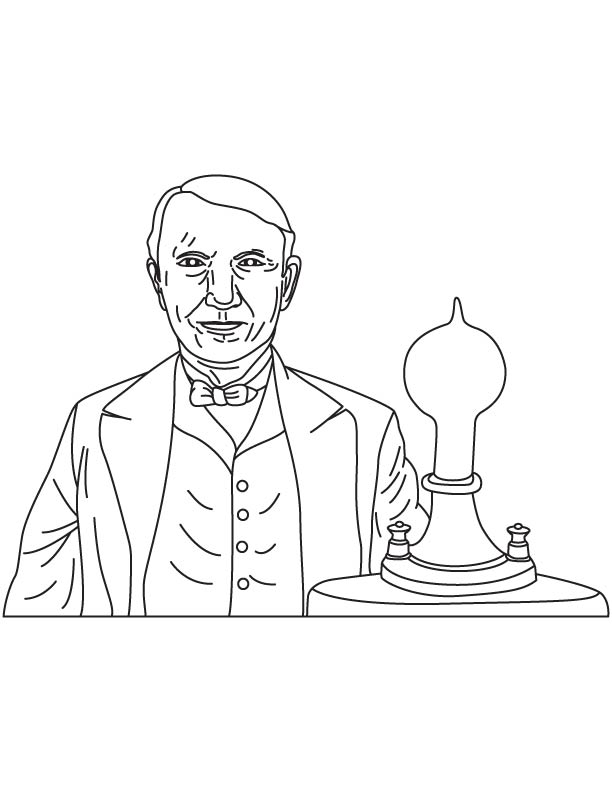Coloring Pages
- Activities Coloring Pages
- Animals and their Homes Coloring Pages
- Animals Coloring Pages
- Astronomy & Space Coloring Pages
- Baby Animals Coloring Pages
- Cartoons Characters Coloring Pages
- Clothing Coloring Pages
- Coloring Pages for Teens
- Commonwealth Games Coloring Pages & Posters
- Connect the Dots Numbers
- Construction Vehicles and Tools Coloring Pages
- Culture and Tradition Coloring Pages
- Domestic/Farm Animals Coloring Pages
- Educational & Preschool Coloring Pages
- Fantasy And Medieval Coloring Pages
- Flags of the Nations Coloring Pages
- Flower Coloring Pages
- Food and Agriculture Coloring Pages
- Health and Fitness Coloring Pages
- Holiday Coloring Pages
- House, Building and Home Coloring Pages
- Jungle Coloring Pages
- Maths Worksheets
- Music Coloring Pages
- Nature Coloring Pages
- Parts of Body Coloring Pages
- People & Professional Coloring Pages
- Religious Coloring Pages
- Road Sign, Safety, Good Manner, Habit Coloring Pages
- Seasons, Calendar, Time & Money Coloring Pages
- Silhouettes
- Sports Coloring Pages
- Stories, Tales and Classics Characters Coloring Pages
- Toys Coloring Pages
- Trophies, Medals and Awards Coloring Pages
- Vehicle Coloring Pages
- World Famous Great Inventions
- World Famous Great Scientist and Inventors
- Writing Practice Worksheets
Thomas Alva Edison coloring page


Thomas Alva Edison (11 February, 1847–18 October, 1931) an American school dropout, was a genius and a businessman by profession. His list of inventions includes the Phonograph, the first commercial incandescent light, carbon microphone and the light bulb. He found his own company, called as the Edison Electric Light Company.
He started off as a telegraph operator and learnt the basic of electricity during his tenure before he left his job and started experimenting and working on night shifts. The electric vote recorder was his first United States patent. From then onwards, he used Intellectual property rights and did mass production of his inventions to make high profits in business. He built a kinetoscope, designed two-way telegraph and patented a system of electricity distribution to get the most out of his major invention of a lamp. His motto was to make electricity highly affordable as candle would be used only by the rich, which is found true even after 100 years of the invention of a bulb. He is the only scientist to have made more than a thousand inventions during his entire career.




 Print this page
Print this page














































































































































